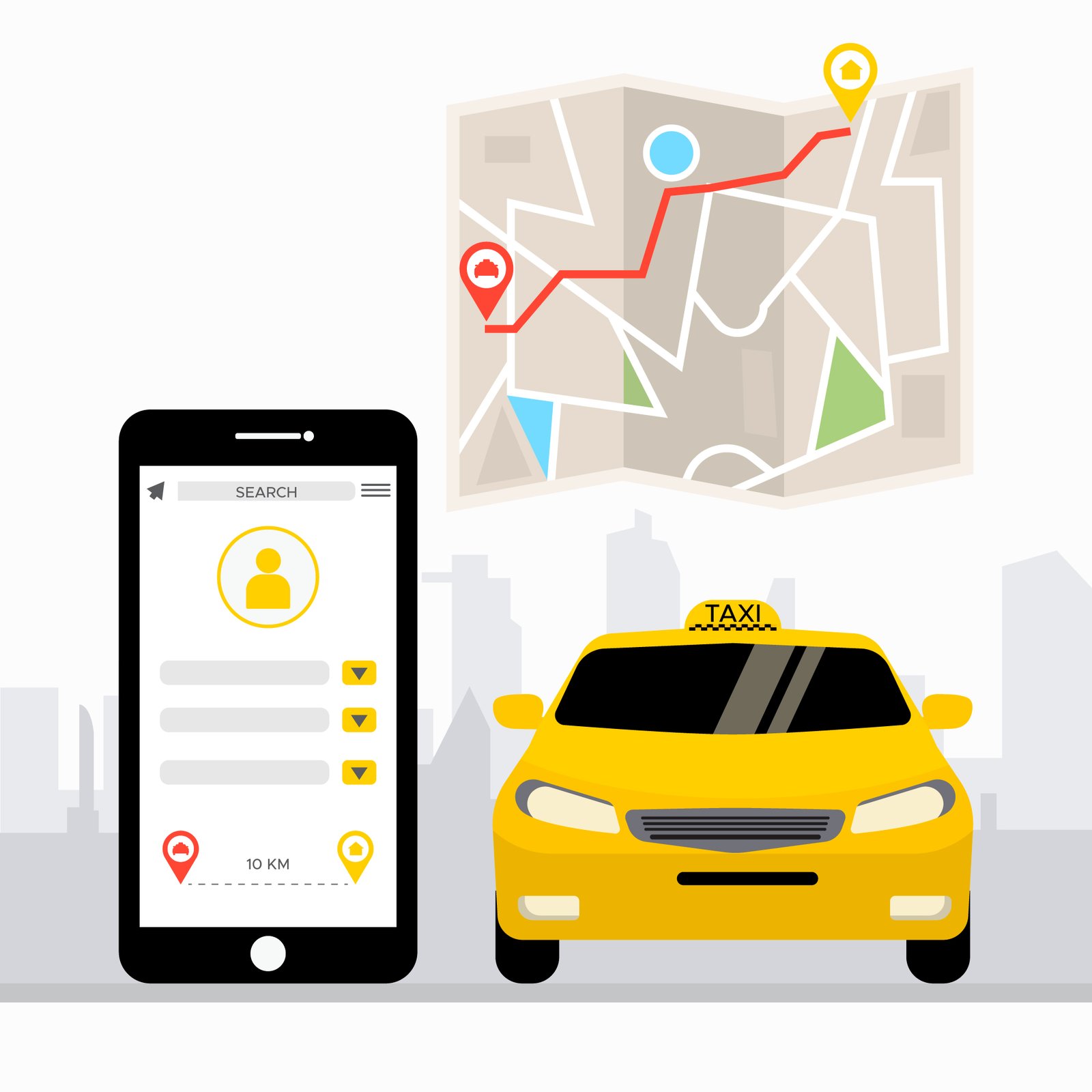The world of transportation has shifted drastically over the past few years. What once required phone calls and long waits can now be managed in seconds through a mobile app. The taxi industry, in particular, has seen an incredible transformation with the rise of digital booking platforms. A taxi booking app has turned traditional commuting into a fast, transparent, and convenient experience for both drivers and passengers.
In this blog, we’ll look at how such apps function, what makes them appealing, and why they’ve become a game-changer for urban mobility.
What Makes a Taxi Booking App So Popular?
People today value time and convenience above all else. A taxi booking app meets both expectations perfectly. It lets users request rides instantly without standing on the road to hail a cab or calling a dispatcher.
Through a few taps, passengers can check available vehicles nearby, view estimated fares, and track their ride in real time. This kind of instant service gives passengers full control over their travel plans.
1. Instant Access
The main attraction of these apps lies in instant availability. With GPS technology, the system finds nearby drivers automatically. A rider simply opens the app, enters the destination, and receives a driver’s confirmation within seconds.
2. Real-Time Tracking
Passengers can track the cab’s location in real time, which increases reliability. This visibility reduces waiting anxiety and helps riders estimate their arrival times more accurately.
3. Transparent Pricing
One of the biggest frustrations of traditional taxi services was fare disputes. Taxi booking apps show the estimated fare upfront before confirming a ride. This transparency builds trust between the rider and the service provider.
How Does a Taxi Booking App Work?
A taxi booking app connects passengers and drivers through a digital network. Its operation involves three key interfaces — one for passengers, one for drivers, and an admin dashboard for management.
Here’s how the process typically works:
Step 1: Ride Request
The user opens the app, enters the pickup and drop-off points, and checks the estimated fare. Once the request is confirmed, it’s sent to nearby drivers.
Step 2: Driver Acceptance
Available drivers receive notifications and can choose to accept or decline the request. Once a driver accepts, the app notifies the passenger and displays details such as the driver’s name, vehicle number, and estimated arrival time.
Step 3: Navigation and Ride
The app provides GPS-based navigation for the driver to reach the passenger’s location and complete the trip efficiently.
Step 4: Payment and Rating
After the ride, the passenger can pay through digital methods such as wallets, credit cards, or UPI. Most apps also allow users to rate the driver, which helps maintain service quality.
Why Businesses Are Investing in Taxi Booking Apps
Taxi businesses and entrepreneurs see mobile booking apps as a major opportunity. They not only help increase ride volume but also reduce operational costs. Let’s see why business owners find them valuable.
1. Wider Customer Reach
A mobile app extends a company’s reach far beyond physical limits. Riders from different areas can easily find available taxis through the app without knowing local taxi numbers or offices.
2. Data-Driven Insights
The app collects valuable trip data such as location, time, and payment details. Business owners can analyze this information to improve routes, adjust pricing, and identify customer preferences.
3. Better Fleet Management
Fleet owners can track every vehicle in real time. They can check performance, fuel usage, and driver behavior, which helps in maintaining efficiency.
4. Higher Customer Satisfaction
With features like live tracking, fare transparency, and digital payments, customers feel more confident using the service. Happy customers are more likely to book again and recommend the app to others.
Key Features Every Taxi Booking App Should Have
A taxi app development companies must focus on reliability and simplicity. Both drivers and riders need an interface that works smoothly without confusion. Here are some essential features that make an app successful.
1. Simple Registration
The signup process should be quick, allowing users to register through mobile numbers, email, or social accounts. The easier the registration, the faster users start booking rides.
2. Ride Scheduling
Some users like to plan their rides in advance. The ability to schedule a ride for a later time makes the app more versatile.
3. Multiple Payment Options
Different users prefer different payment methods. Offering cards, digital wallets, and cash options makes the app accessible to a wider audience.
4. Driver Ratings and Reviews
Passenger feedback helps maintain service standards. A transparent rating system ensures accountability and improves overall ride quality.
5. Emergency Button
Safety remains a top priority. A built-in SOS button can alert emergency contacts or authorities if a rider feels unsafe.
How a Taxi Booking App Benefits Drivers
While passengers enjoy comfort and convenience, drivers also gain multiple advantages through these apps.
1. Steady Income Flow
Drivers receive ride requests consistently without waiting on streets for customers. This reduces downtime and boosts daily earnings.
2. Route Guidance
GPS navigation helps drivers find the best routes, saving time and fuel. It also helps avoid traffic congestion.
3. Cashless Payments
Drivers don’t have to worry about handling cash or exact change. Payments get transferred directly into their accounts.
4. Flexible Work Hours
Drivers can log in and out of the app whenever they choose. This flexibility attracts more people to join such platforms.
Future Trends in the Taxi Booking Industry
The taxi booking industry continues to grow with new technologies. Artificial Intelligence and IoT are already improving route accuracy, pricing predictions, and driver matching.
Electric and hybrid vehicles are gaining popularity, offering sustainable options for eco-conscious riders. In the near future, autonomous taxis could also enter the market, further transforming how people travel.
Some companies are adding shared rides and subscription models, providing affordable travel choices. As urban populations keep growing, demand for quick and reliable transportation will only rise.
Final Thoughts
A taxi booking app has reshaped city travel by offering speed, safety, and convenience. For passengers, it’s about comfort and reliability. For drivers, it’s about income stability and flexibility. For business owners, it’s a chance to grow and adapt to a digital-first world.
With the continued integration of smart technology, the future of taxi booking looks bright. Whether you’re planning to develop your own app or just curious about how they work, one thing is certain — the digital taxi service has become an essential part of modern mobility.




Leave a Reply